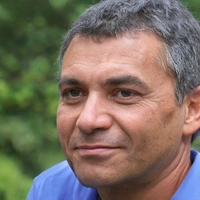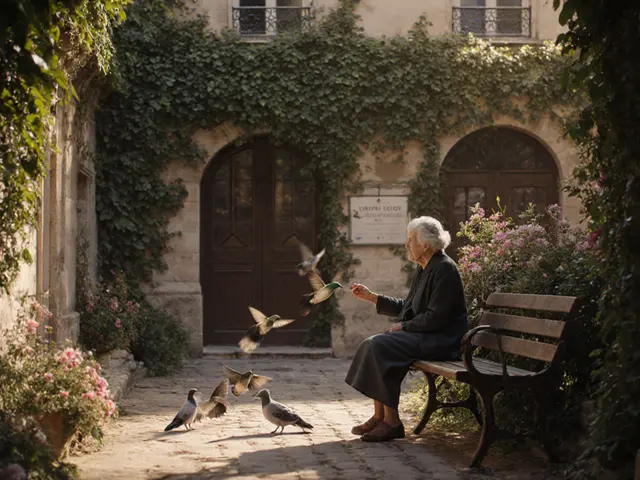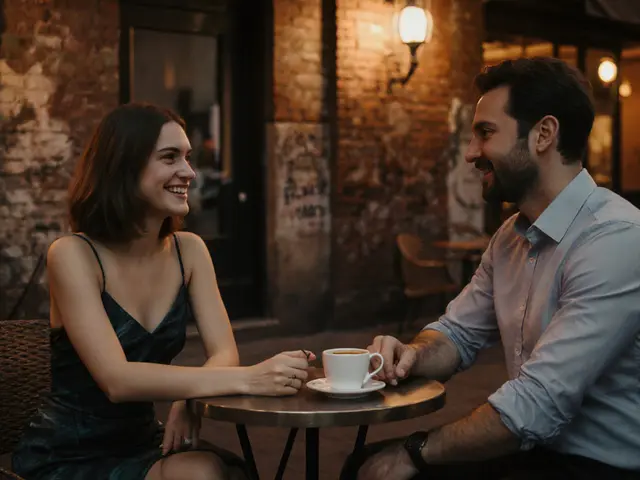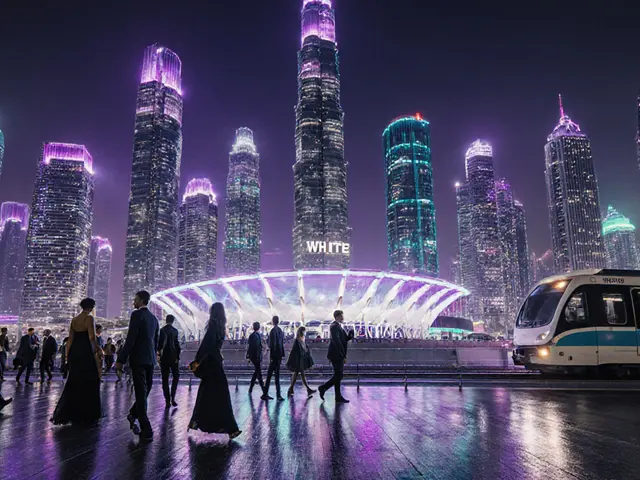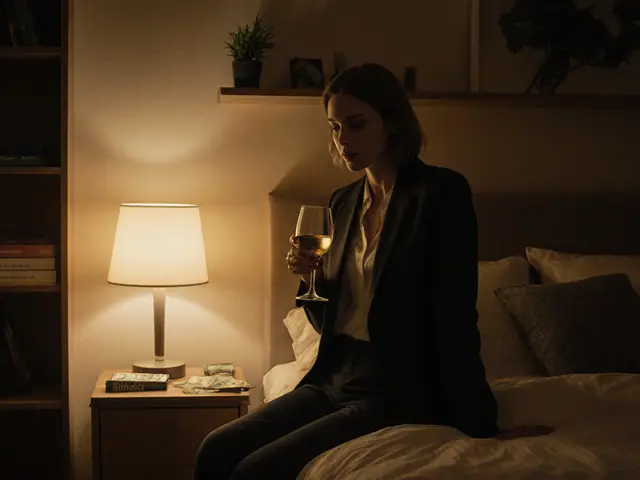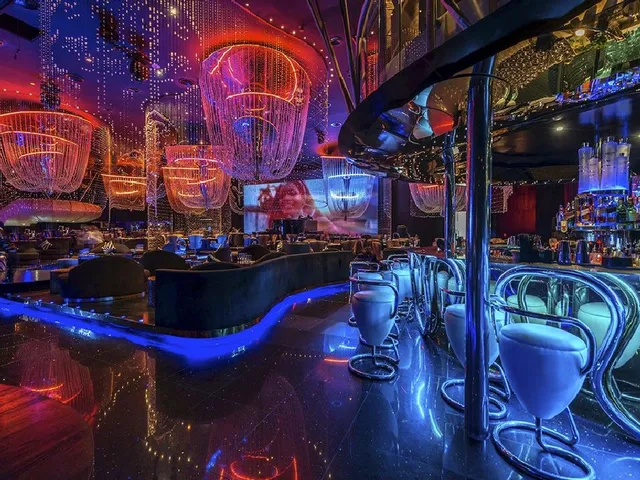Most tourists walk the same paths in Paris-Eiffel Tower, Louvre, Notre-Dame, Montmartre. They snap the same photos, eat the same croissants, and leave with the same impression: beautiful, but crowded, expensive, and strangely impersonal. What they don’t see are the quiet courtyards where old women feed pigeons at dawn, the tiny bookshops tucked behind boulangeries that have been open since 1947, or the wine bars where the owner remembers your name after one visit. These aren’t secrets because they’re hidden. They’re just not on the maps.
The Real Paris Doesn’t Appear on Google Maps
Start your day in the 13th arrondissement, where the Chinese community has turned Rue de Tolbiac into a street market of steaming dumplings, fresh bamboo shoots, and jasmine tea sold from carts. No one calls it a tourist attraction. Locals just call it lunch. Walk past the supermarket, turn left at the laundromat with the blue awning, and you’ll find a tiny courtyard with a single wooden bench. It’s surrounded by ivy and hummingbirds. No sign. No entrance fee. Just sunlight filtering through the leaves. Locals come here to read, to think, to breathe. You won’t find it in any guidebook, but if you ask for ‘le coin des oiseaux’-the birds’ corner-you’ll get a nod and a smile.
The Bookshop That Doesn’t Sell Books
In the 6th arrondissement, behind a faded green door on Rue de l’Ancienne Comédie, there’s a shop called Librairie du Passage. The sign says ‘livres anciens’-old books. But inside, the shelves are mostly empty. What you’ll find instead are handwritten letters, postcards from the 1920s, and notebooks filled with poetry by unknown writers. The owner, Madame Moreau, doesn’t sell anything. She lends it. You take a letter, read it on the bench outside, and return it the next day. She’ll ask what you thought. If you answer honestly, she might hand you a faded photo of Paris in 1952, taken from her grandfather’s balcony. No one knows how many of these letters exist. Only she does. And she won’t tell you.
The Wine Bar Where You Don’t Order
On a narrow alley in the 11th, tucked between a locksmith and a vintage record store, is Le Petit Verre. It’s open from 5 p.m. to midnight. No menu. No prices posted. You sit at the bar, and the bartender-usually a man named Jean-asks, ‘Qu’est-ce que vous ressentez aujourd’hui?’-What are you feeling today? If you say ‘calm,’ he pours you a glass of natural Burgundy. If you say ‘nostalgic,’ he brings a glass of old Armagnac from a bottle he opened in 2008. If you say ‘hungry,’ he slides over a plate of aged goat cheese and a slice of rye bread he baked himself. He doesn’t ask for your name. He doesn’t ask for your money until you’re ready to leave. And even then, he’ll say, ‘Pay what you feel it’s worth.’ Most people leave 15 euros. A few leave 50. No one leaves angry.

The Park That Doesn’t Exist on Paper
There’s a park in the 15th arrondissement called Jardin des Cinq Sens. It’s not listed on any official map. It’s smaller than a tennis court. But it’s alive. Every morning, a woman named Claudine arrives with a basket of seeds. She plants them in the soil between the cobblestones. By summer, it’s a riot of lavender, rosemary, and marigolds. Visitors are welcome to pick one flower. But only if they promise to plant a seed somewhere else. The park has no gates. No benches. Just a single stone engraved with the words: ‘You take only what you give.’ You won’t find it unless you ask for it by name. And even then, only if you say it softly.
The Bridge Where the City Speaks
Not the Pont Alexandre III. Not the Pont Neuf. The Pont de Bercy. At dusk, when the last tourists have left, the bridge becomes something else. It’s not famous for its architecture. It’s famous for the whispers. People come here to leave notes. Not in bottles. Not in cracks. They tape them to the railing-small slips of paper, folded in half, sometimes with a pressed flower inside. They write things like: ‘I’m leaving tomorrow. I didn’t say goodbye.’ Or: ‘I met her here. She smiled. I still don’t know her name.’ No one removes them. The city keeps them. Rain washes some away. Wind carries others. But enough remain to make the railing glow with color in the fading light. Locals say if you sit on the stone ledge and listen after sunset, you’ll hear voices. Not ghosts. Just people. The ones who loved this city enough to leave something behind.

Why This Matters
Paris isn’t a postcard. It’s a living, breathing archive of quiet moments. The city doesn’t need you to see its landmarks. It needs you to see its people. The baker who lets you taste the bread before you buy it. The elderly man who plays accordion in the metro every Friday, no matter the weather. The student who draws portraits of strangers for free in front of the Luxembourg Gardens. These aren’t performances. They’re rituals. They’ve been happening for decades, unnoticed by the crowds.
When you stop chasing the ‘must-sees,’ you start finding what matters. The smell of wet stone after rain in the Marais. The sound of a single bell ringing from a church tower at 7 a.m. The way the light hits the Seine at exactly 4:17 p.m. in October. These aren’t tourist moments. They’re human ones.
How to Find These Places
You don’t need a guide. You don’t need an app. You need curiosity and silence.
- Walk without a destination. Turn down streets that look empty.
- Ask locals for ‘un endroit calme’-a quiet place. Not ‘the best café’ or ‘the prettiest view.’ Just ‘calme.’
- Visit markets on weekdays. Sunday is for tourists. Tuesday is for locals.
- Go to libraries. The Bibliothèque de l’Arsenal has a hidden garden. The Bibliothèque Mazarine has a 17th-century reading room with no Wi-Fi. People read books there. Real ones.
- Carry a notebook. Write down the names of places people mention in passing. ‘Oh, you should go to the shop on Rue des Martyrs.’ Write it down. Go back the next day.
Paris rewards those who listen. Not those who snap.
What You’ll Miss If You Don’t Look
You’ll miss the old man who sells roasted chestnuts from a cart on Rue du Faubourg Saint-Antoine and gives you a handful for free if you tell him your favorite memory of Paris. You’ll miss the woman who sings in the metro station near République-her voice is cracked but perfect-and how everyone stops, even for just five seconds, to listen. You’ll miss the way the light falls on the rooftops of Montparnasse at 6:30 p.m., turning the whole neighborhood gold, and how no one takes a picture because they’ve seen it a thousand times.
Paris doesn’t hide its beauty. It hides its soul. And the soul doesn’t shout. It whispers. And only those who sit still long enough hear it.
Are these hidden spots safe to visit alone?
Yes. These places are in residential neighborhoods, not tourist zones. They’re quiet because locals use them daily. You’re more likely to be invited for coffee than to be approached by someone suspicious. As with any city, trust your instincts. Avoid isolated areas after midnight, but these spots-courtyards, bookshops, bridges-are often busiest in the late afternoon, when people are winding down.
Can I visit these places without speaking French?
Absolutely. Parisians appreciate effort, not perfection. A simple ‘Bonjour’ and ‘Merci’ go a long way. Many of these spots are run by older locals who don’t speak English. But they’ll smile if you point to something you like, or nod when they offer you a taste. The best interactions happen without words. A glance. A pause. A shared silence.
Do I need to pay to enter these places?
No. None of these spots charge admission. Some, like Le Petit Verre, operate on a pay-what-you-feel basis. Others, like the courtyard or the park, are completely free. You’re not a customer-you’re a guest. You don’t need to buy anything to be welcome. But if you feel moved to leave something-a flower, a note, a small gift-it’s appreciated, not expected.
What’s the best time of year to find these hidden spots?
Late spring (May-June) and early autumn (September-October) are ideal. The weather is mild, the crowds are thinner, and locals are outside more. Summer is packed. Winter is cold, but the quiet is deeper-especially in December, when the city feels like a sleeping storybook. Avoid July and August if you want to feel like you’re in Paris, not a theme park.
Why don’t these places appear in travel guides?
Because they’re not designed for visitors. They’re part of daily life. Guidebooks focus on what’s easy to describe: monuments, museums, restaurants. These places can’t be captured in a photo or a review. They exist in the space between moments-the pause after a stranger smiles, the scent of bread cooling on a windowsill, the sound of a bell ringing in a church you didn’t know existed. That’s why they’re hidden. Not by design. But by nature.
If you want to know Paris, stop looking for the sights. Start listening for the silence between them.
